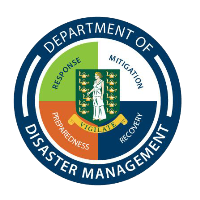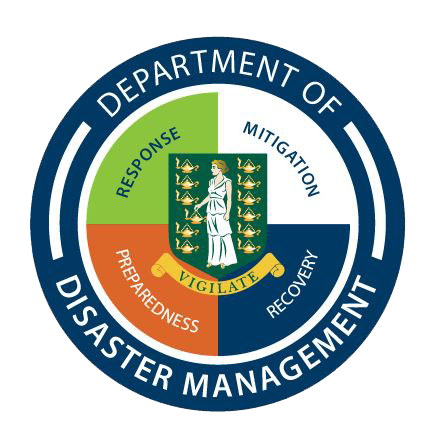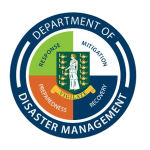Wednesday, October 28 – Seismic Engineers from the University of Puerto Rico Mayaguez (UPRM) are in the Territory to undertake maintenance works on a number of seismic and strong motion stations that are strategically located throughout the Territory.
The Team is led by Professor Jose Martinez-Cruzado and the works are being carried out in accordance with a Memorandum of Understanding (MOU) that was signed on September 2, 2005 between the Chancellor of the University of Puerto Rico Mayaguez Campus and the Government of the British Virgin Islands. This MOU supports the installation of strong motion free field station in the populated areas of Road Town and Spanish Town, seismic stations on Anegada and North Sound, Virgin Gorda, as well as seismically instrumenting the Government Administration Building and the Terrence B Lettsome International Airport Control Tower.
Director of the Department of Disaster Management (DDM), Ms Sharleen DaBreo said these stations are important for the structural engineering of infrastructure and buildings as they are have the capacity to gather reliable data during low intensity earthquakes.
Ms DaBreo said, “Collaboration with the University of Puerto Rico Mayaguez goes as far back as the early 1980s, prior to Hurricane Hugo. The relationship has been expanded over the years to include the University’s Seismic and Strong Motion Programmes. For the past 10 years we have benefitted considerably from this partnership and the University has invested significantly in the development of a seismic and strong motion network for the BVI.”
The DDM is now in discussions with Professor Martinez-Cruzado regarding the expansion of the MOU to maintain the partnership and ensure that the BVI continues to benefit from this relationship and access technical capacity from the University.
Ms DaBreo added, “We want to ensure that the relationship can further develop and that the technical support that has been provided over the past 10 years is maintained. We live and work in a seismically active region of the world and it is important that we are able to collaborate with institutions like UPRM to assist in the improvement of monitoring networks that can guide development and can alert us when events occur.”
The DDM’s Director also indicated that new areas will be explored in the new MOU, including a microzonation study and the development of soil maps that will identify areas that have a potential for hazardous earthquake effects as well as the soils that are more prone to erosion. These products can be used to make better decisions about land development, more accurately identify liquefaction potential, improve the Hazard Vulnerabilities Assessment (HVA) Atlas and undertake more effective actions to reduce vulnerabilities and human and economic losses.
The Puerto Rico Strong Motion Network started in the 1970s and Professor José Martínez-Cruzado took over the network in 1995. Since then several grants were received from the Federal Emergency Management Agency (FEMA) to develop and maintain a robust network throughout Puerto Rico, the US and British Virgin Islands. The Puerto Rico Strong Motion Network has grown since the 1970’s from seven (7) free field strong motion stations and one instrumented building to over 60 strong motion stations and instrumented buildings with digital accelerographs.






